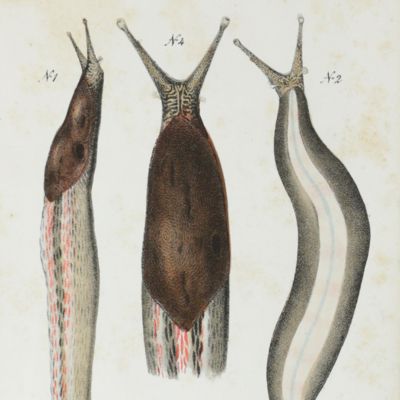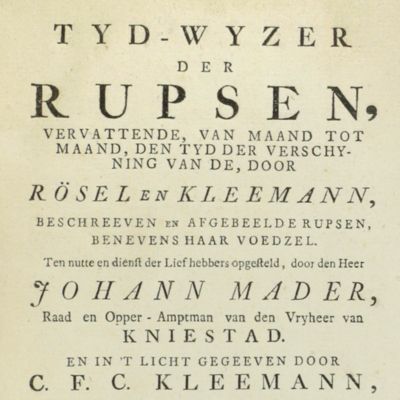[Brown, M. E. D.]
The red-spotted purple [Two original butterfly drawings].
The artist [Unpublished], ca. 1836. Single sheet of wove paper (12.5 x 18.9), with a fine, original watercolour illustration.
These are two a fine, original drawings of one of North America's largest and most beautiful butterflies, showing the animal from above, with spreaded wings, and from the side, as it is resting. This work is not signed, but we believe that it was painted by the American natural history, landscape and portrait painter and engraver, Manneville Elihu Dearing Brown (1810-1896). "Trained ca. 1827-1831 as an artist in the prominent Boston lithographic firm the Pendletons, Brown entered the lithographic trade in Philadelphia in 1831 when he established his own shop at 5 Library Street. Brown served as the main lithographer and pressman of his shop and he designed and printed lithographs for the "Floral Magazine" (1832-1834); "American Journal of Science and Arts" (1832-1833); and "Cabinet of Natural History" (1830-1834). Brown also produced loose prints including portraits, city views, sheet music covers, and advertisements. In 1833, Brown engaged his former Pendleton colleague Nathaniel Currier as a lithographer for a year before Currier relocated to New York and Brown left Philadelphia and the trade under financial duress. The establishment despite being in operation until only 1834 produced some of the finest lithographs during the early years of the trade. During the early 1830s, Brown also drew for his former employers the Pendleton's New York firm in addition to exhibiting his art work at the Artist's Fund Society of Philadelphia in 1835 and the National Academy of Design in 1845 and 1850. After 1834, Brown relocated to Upstate New York (Geneva and Utica) where he concentrated on portrait painting before he traveled to Europe where he studied art 1839-1849. Following this period, he returned to Utica and worked as a respected painter, particularly of portraits, until his death" (LCP). The present plate may have been intended for a successor of the Cabinet of Natural History and Rural Sports, which rather suddenly ended publication in 1834, or for another natural history publication. A printed version, however, is not known to us. The red-spotted purple, Limenitis arthemis astyanax (Fabricius), "...is a beautiful forest butterfly that is also commonly seen in wooded suburban areas. It is considered to be a Batesian mimic of the poisonous pipe vine swallowtail, Battus philenor (Linnaeus), with which it is sympatric" (University of Florida, online). The plate is not signed, but it was found in combination with two other drawings, both signed by Brown. Stylistically, they are very similar indeed. Some very toning near the edges, mild spotting, and remnants of former mounting on verso, the illustrations with some abrasion, but otherwise in good condition, the colouring vivid and detailed. The Philadelphia on Stone Biographical Dictionary of Lithographers ( LCP), under Brown.
![The red-spotted purple [Two original butterfly drawings].](https://www.schierenberg.nl/media/cache/product_thumb/77607/77607_x.jpg)

![image for [Original manuscript on the true identity of the snake, <em>Naja celebensis</em> Ahl].](https://www.schierenberg.nl/media/cache/product_thumb/72185/72185_x.jpg)
![image for Moluscos del viaje al Pacífico verificado de 1862 a 1865 por una comision de naturalistas enviada por el gobernierno español. Parta primera. Univalvos terrestres. Parte segunda. Bivalvos marinos. Parte tercera. Univalvos marinos. [AND] Náyades del Viaje al Pacífico verificado de 1862 a 1865 por una comision de naturalistas enviada por el gobernierno español. [All Published].](https://www.schierenberg.nl/media/cache/product_thumb/75297/75297_x.jpg)
![image for [Jugendstil gouache] "Roter mohn" [Poppy].](https://www.schierenberg.nl/media/cache/product_thumb/72461/72461_x.jpg)
![image for Tab. XVII. Rothschwanz [AND] Tab. XXX. Garten-Rothschanz. [Nest and eggs].](https://www.schierenberg.nl/media/cache/product_thumb/76070/76070_x.jpg)
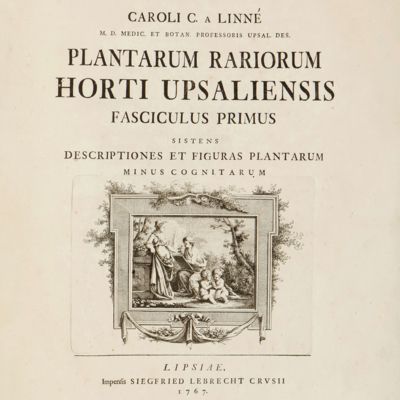
![image for Das Thier in der decorativen Kunst. Plate 23 [Flamingo's and vases]](https://www.schierenberg.nl/media/cache/product_thumb/70599/70599_x.jpg)
![image for <em>Monodora myristica. [Calabash nutmeg].</em>](https://www.schierenberg.nl/media/cache/product_thumb/70085/70085_x.jpg)
![image for Explication de la carte géologique de la France. Volumes I-IV (text and atlas), and two maps. [Complete].](https://www.schierenberg.nl/media/cache/product_thumb/13299/13299.jpg)
![image for Ananas de Ripley [Pine apple from La Belgique horticole. Journal des serres et des vergers].](https://www.schierenberg.nl/media/cache/product_thumb/70925/70925_x.jpg)
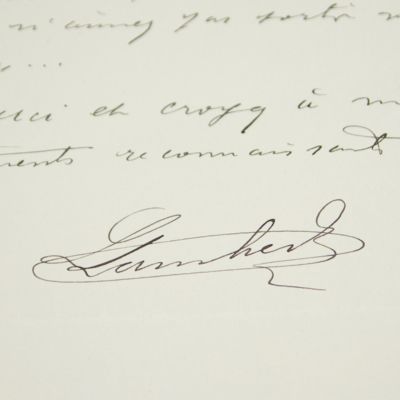
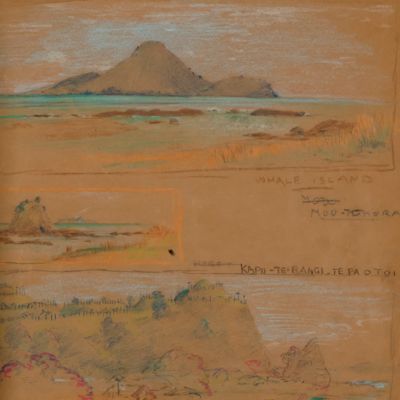
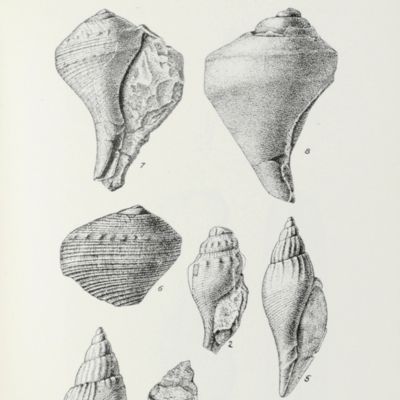
![image for Allgemeine Naturgeschichte der Fische - Naturgeschichte der ausländischen Fische. Plate CLXVII, <em>Blennius ocellaris</em>/Der Meerpappillon/Le Perce-pierre à mouche/The Butterfly-Fish [AND] <em>Blennius gattorugine</em>/Der Meerhirsch/Le Gattorugine [Tompot Blenny].](https://www.schierenberg.nl/media/cache/product_thumb/70948/70948_x.jpg)
![image for Pochoir wallpaper samples [Chinoiserie].](https://www.schierenberg.nl/media/cache/product_thumb/69889/69889_x.jpg)
